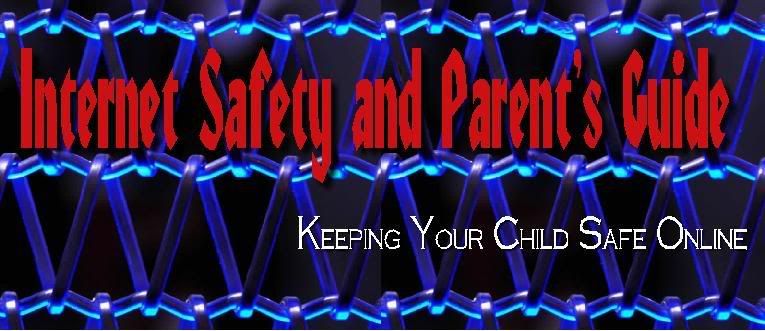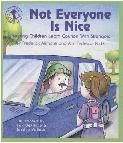A lot of parents and kids think they are safe online and that they don’t have to worry as long as they are ‘careful’. Here’s some startling statistics about internet chats…
Approximately 89% of sexual solicitations of youth were made in either chat rooms or through Instant Messaging (Pew Study reported in JAMA, 2001).
1 in 5 youth ages 10 to 17 received sexual solicitation or approach in last year (Online Victimization, NCMEC, June 2000).
30% of teenage girls polled by the Girl Scout Research Institute said they had been sexually harassed in a chatroom. Only 7% told their parent because they were worried that their parents would ban them from going online (Girl Scout Research Institute, 2002).
86% of the girls polled said they could chat online without their parents’ knowledge, 57% could read their parents’ e-mail, and 54% could conduct a cyber relationship (Girl Scout Research Institute, 2002).
Law enforcement officials estimate that as many as 50,000 sexual predators are online at any given moment (Dateline, 2006).
42% of parents do not review the content of what their teenager(s) read and/or type in chat rooms or via instant messaging (The National Center for Missing and Exploited Children, and NetSmartz, June 2005).
95% of parents didn’t recognize common chat room lingo that teenagers use to let people they’re chatting with know that their parents are watching. Those phrases are POS (parent over shoulder), P911 (parent alert), BRB (be right back), LOL (laughing out loud) and A/S/L (age/sex/location) (The National Center for Missing and Exploited Children, and NetSmartz, June 2005).
Half of teens ages 13-18 often communicate through the Internet with someone they have not met in person (Polly Klaas Foundation, December 21, 2005).
One-third of youth ages 8-18 have talked about meeting someone they have only met through the Internet (Polly Klaas Foundation, December 21, 2005).
Almost one in eight youth ages 8-18 discovered that someone they were communicating with online was an adult pretending to be much younger (Polly Klaas Foundation, December 21, 2005).
Report any content or activity that you suspect as illegal or criminal to local law enforcement and to Cybertipline at 1-800-843-5678.








